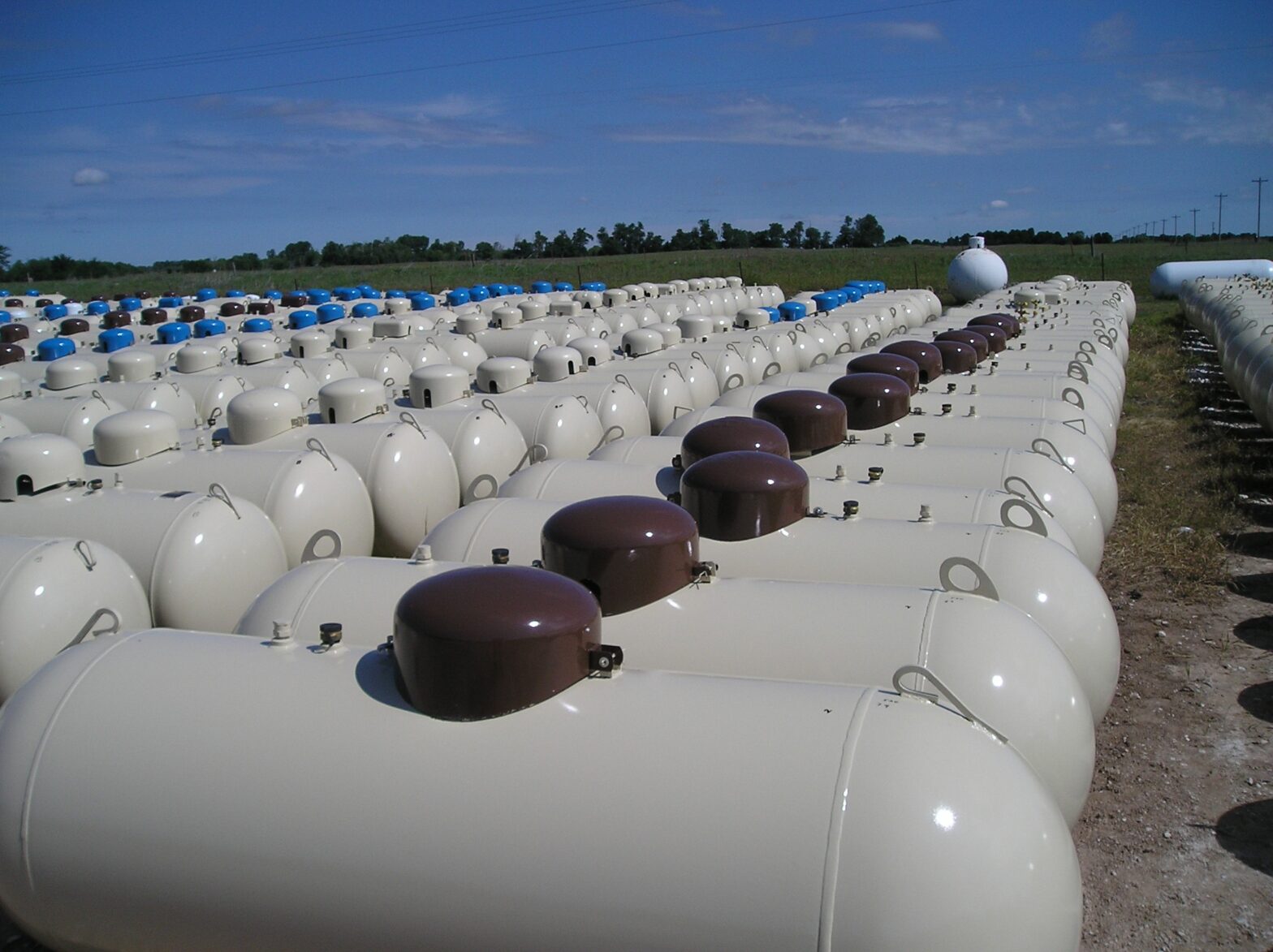Navigating Price Volatility in the Energies Market: Insights and Strategies

In the high speed world of energy markets, price volatility plays a pivotal role in shaping industry dynamics and influencing economic decisions. Understanding the factors contributing to price volatility and adopting strategies to mitigate its impact are critical steps for businesses and investors alike.
Factors Driving Price Volatility
Several factors contribute to price volatility in the energies market:
Geopolitical Tensions: Political instability, conflicts, and sanctions imposed on energy-producing nations can disrupt supply chains and affect global energy prices.
Supply and Demand Dynamics: Fluctuations in global demand for energy commodities, such as crude oil and natural gas, coupled with variations in production levels, impact market prices.
Macroeconomic Indicators: Economic growth, inflation rates, currency fluctuations, and interest rates influence energy consumption patterns and market sentiments.
Weather Patterns: Extreme weather events, such as hurricanes or heatwaves, can disrupt production facilities and transportation networks, leading to supply shortages and price spikes.
Impact on Businesses and Consumers
For businesses dependent on energy resources, price volatility poses significant challenges. Fluctuating energy costs can directly impact operational expenses, profit margins, and overall competitiveness. Industries ranging from manufacturing and transportation to hospitality and agriculture must adopt risk management strategies to mitigate financial exposure to price swings.
Consumers also feel the impact of energy price volatility. Fluctuations in fuel prices affect household budgets, particularly in the areas of transportation costs and heating expenses, influencing consumer spending patterns and overall economic stability.
Strategies for Mitigating Price Volatility
Businesses can adopt several strategies to effectively navigate price volatility in the energies market:
Hedging: Utilizing financial instruments, such as futures contracts or options, to lock in prices and protect against adverse price movements.
Diversification: Diversifying energy sources and suppliers to reduce dependency on volatile markets and enhance supply chain resilience.
Energy Efficiency: Investing in energy-efficient technologies and practices to reduce consumption and minimize exposure to rising energy costs.
Market Intelligence: Continuously monitoring market trends, geopolitical developments, and weather forecasts to anticipate price fluctuations and adjust procurement strategies accordingly.
Looking Ahead
As global energy markets continue to evolve, proactive risk management and strategic planning will be essential for businesses seeking to thrive amidst price volatility. Embracing innovation, sustainability, and resilience in energy strategies can position companies as industry leaders and champions of economic stability. While price volatility in the energies market does present challenges, it also offers opportunities for innovation and strategic growth. By staying informed, adaptive, and forward-thinking, businesses can navigate the inevitable uncertainties and harness the potential of dynamic energy markets.
















